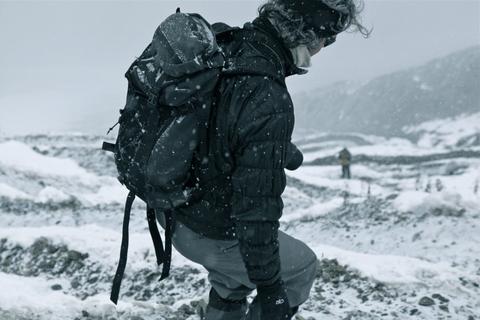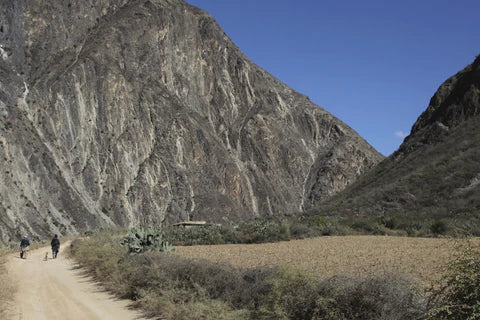A couple of years ago I went trekking on a remote mountain named Kawa Karpo, the highest peak in the Chinese province of Yunnan. It was a chance for me to test a prototype kora base layer for myself, and see how the unique Hima-Layer™ yak wool fabric we’d developed held up in a range of conditions.
I knew the base layers would keep me warm at night, when we’d be sleeping under canvas in -10°C temperatures. After all, Hima-Layer™ is made from super-fine yak wool - and yaks live happily in some of the harshest conditions on the planet, at 5000m altitude with temperatures down to -30°C in the winter, and frequent blizzards. Laboratory research had backed this up, revealing yak wool to be 40% warmer than merino wool.
The real test, however, came during the day. As we walked through the valleys between the mountain ridges, temperatures soared to 25°C. Yet my body temperature was still in equilibrium, and I never felt the need to remove the layer.
It might seem counter-intuitive, that a base layer that can keep you so warm can also keep you cool on a hot, sunny day. But essentially the fabric acts as a natural temperature regulation system. It allows your body to breathe and sweat when it’s too warm, and insulate itself when it’s too cold. To understand this a bit more we need to look at how the body itself maintains its thermal equilibrium.
If you remember from your science class at school, there are a few different ways things can cool down: vaporisation (or evaporation), convection, conduction, and radiation. Hima-Layer™ yak wool clothing helps your body cool down through evaporation, convection and radiation (for conduction, your best option is to jump in a river!).
To expel excess heat, our bodies use conduction by moving blood nearer the surface to enable heat to be transported outward. The opposite happens when we are cold. Blood goes to the vital organs to keep us alive - who needs fingers when your liver has frozen, right?
When this warmth gets to the surface, it is radiated out and heats the air around your body. This is why you need fabrics to be breathable, so that warm air can escape quickly. Hima-Layer™ fabric is 66% more breathable than merino, so it really does work alongside your body’s thermal cooling mechanisms.
Critically, unlike most animals (apart from horses and hippos!) humans can also expel excess heat very efficiently through the evaporation of sweat. This is especially true when the temperature of the air is greater than your body temperature, or you are engaging in physical activity, which most kora wearers are!
So when this happens you want that water vapour to be transported through your clothing as efficiently as possible, before it condenses into liquid. This transportation of warm vapour is a form of convection, and is where Hima-Layer™ fabric really does excel; you can actually see it happening.
Fiona over at Fiona Outdoors mentions this in her 5 star review of the kora base layers:

